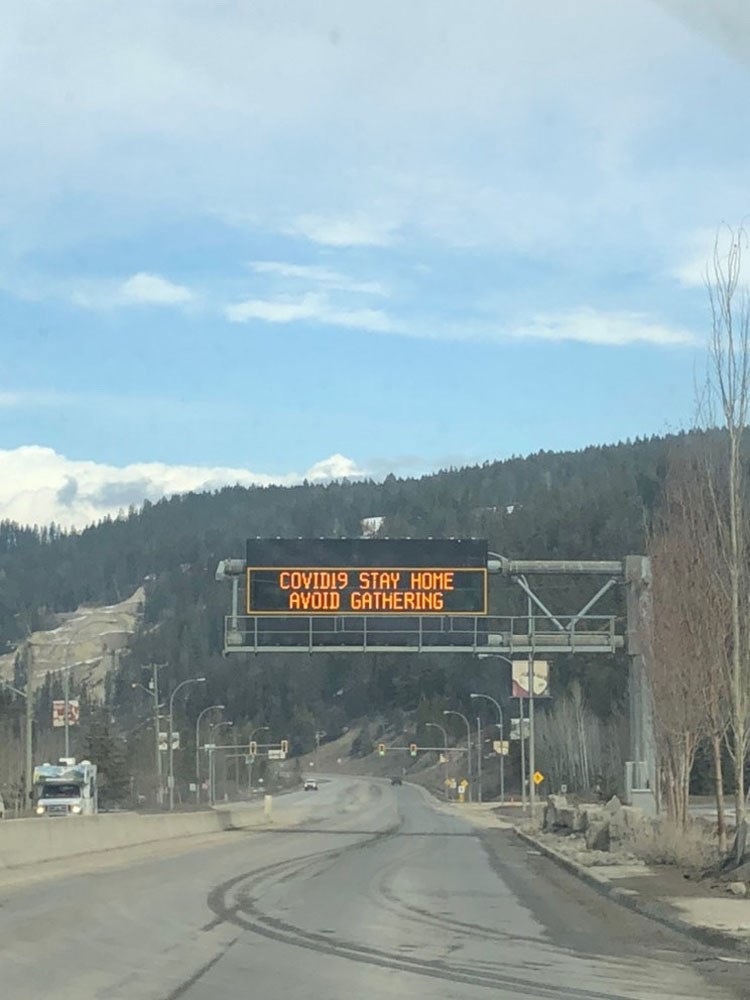When I was a kid, I was terrified of snakes. I took out nearly every library book I could about the reptilians, figuring that if they were going to exist in the same world, I was going to be ready for when I saw one. I read about how to tell them apart, which ones were poisonous, and where they lived. From an early age, I was focused on being prepared — and I didn’t like the unknown.
Now, I’ve still never stumbled upon a snake as my younger self feared, but that habit of research and a touch of morbid curiosity has stayed with me and is likely why I’m a journalist today.
For the last two weeks, nearly without exception, all of the articles I’ve written have been about COVID-19. And with a pandemic on our hands, it’s impossible not to take work home with me (especially considering how many of us are working from home lately). It can be overwhelming to have no mental break from our collective situation, as questions swirl and we try to find answers.
Like many, I felt a rising sense of panic. I started noticing just how often I touch my face, started thinking about all the things I touch that others have touched before me, started sleeping less. B.C.’s online self-assessment became a welcome tool for assurance.
There’s a certain comfort that comes from knowing as much as you can about a perceived threat. Fear and anxiety are a lot like misinformation: our bodies and brains convincing us of something that could be harmful to us, but what is it based on? Are we really going to run out of food? No. But the instinct to hoard — to feel undeniably prepared — is strong for many. The what-ifs are running wild, tamed only by facts. Although the situation is changing quickly, the near-constant updates make sure we are still responding appropriately, and not letting our emotions get the best of us.
As everyone grapples with what self-isolation and social distancing mean to them and their loved ones, while divorced from our regular routines and pastimes, it can be overwhelming to think about what this all means.
I’ve been thinking a lot lately about how the six degrees of separation feels like it has shrunk in our age of digital connectedness and more accessible global travel. It’s terrifying and unifying all at once. It’s how rumours fly and diseases spread. But it’s also how we relate to one another.
When was the last time so much of the world was facing a challenge as far-reaching as the COVID-19 pandemic at the same time? Sure, there are differences person-to-person and place-to-place, but even as we shut ourselves in and shut the world out, we have access to more information than ever before – in real-time.
As I interview people in Squamish about how they’ve been impacted and are taking precautions, one common refrain has come up: We’re all in this together.
How true that really is.



